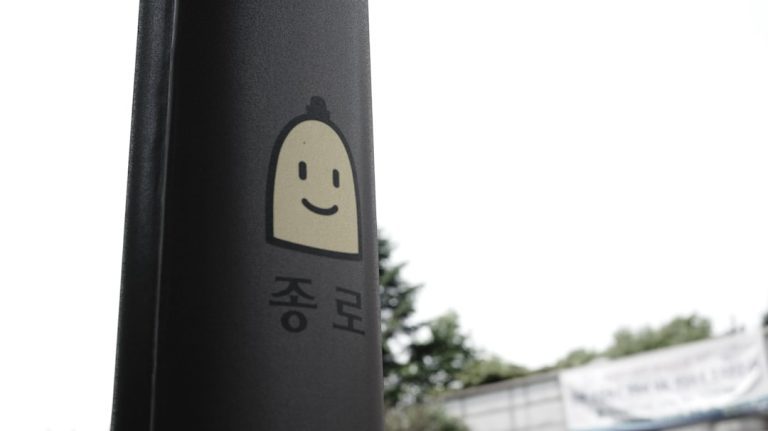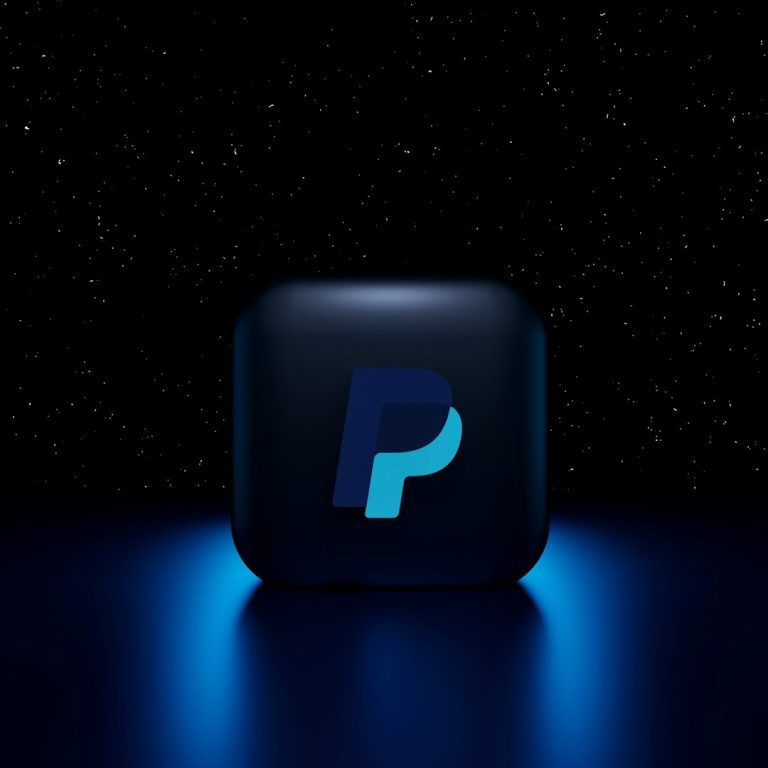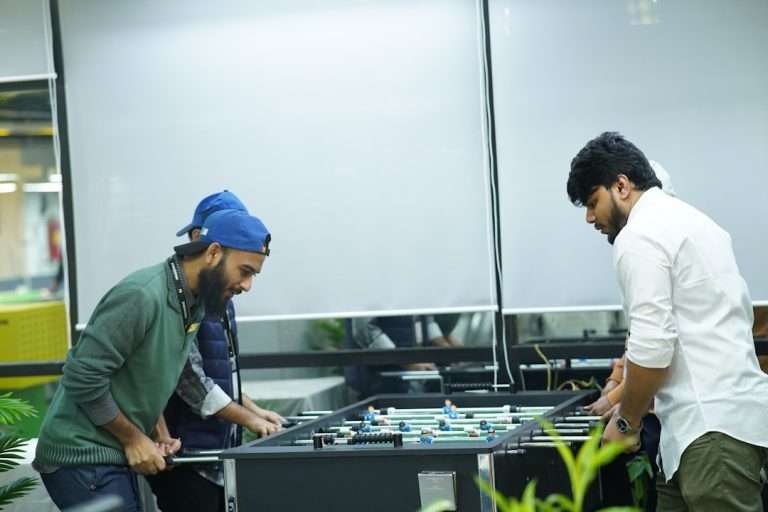Behind every bold poster, compelling brand identity, or perfectly timed campaign lies an invisible framework—a system that clients rarely notice, but creatives live and breathe. In today’s fast-paced digital world, great design isn’t just about making things look good—it’s about making things work. From asset organization to feedback loops, the creatives who invest in smart, scalable operations find themselves more inspired, more efficient, and ultimately, more profitable.
Structure Isn’t the Enemy of Creativity—It’s the Engine
Many creatives fear that systems will box in their artistic freedom. But in reality, structure doesn’t kill creativity—it protects it. With smart workflows in place, you spend less time chasing files or clarifying briefs and more time actually creating. Systems remove friction. They create breathing room for flow.

Admin Chaos Kills Creative Momentum
Every creative has felt the drag of admin clutter—those endless email threads, messy folders, missed feedback loops, or forgotten deadlines. These aren’t minor issues; they drain your energy and disrupt your flow state. Some of the most common momentum killers include:
- Chasing down feedback or payments scattered across platforms
- Losing track of project files and version histories
- Forgetting tasks due to lack of scheduled reminders
Systems Create Space for Deep Work
Strong creative operations don’t just eliminate stress—they unlock your best ideas. When your backend runs smoothly, your frontend has room to shine. Here’s how structure supports creativity:
- Automated timelines with built-in feedback checkpoints
- Preloaded design templates and asset libraries
- Intake forms that replace back-and-forth emails
Routine is the Artist’s Best Ally
Creative magic doesn’t always happen in chaos. Routine creates rhythm. Whether it’s morning design sprints, weekly project reviews, or scheduled brainstorming blocks, a personal workflow builds consistency while reducing burnout. Some powerful habits include:
- Blocking out time for admin tasks after peak creative hours
- Weekly backups and system checks
- Post-project debriefs to refine future processes
Think Like a System, Work Like an Artist
From the outside, creativity may seem spontaneous—but behind every prolific creator is a quiet structure keeping things in motion. Systems thinking means zooming out: seeing how each step in your creative process connects. It’s the difference between scattered effort and sustainable growth.
What Is Systems Thinking?
It’s the practice of building your creative process as a logical flow, not just a list of to-dos. When everything from client intake to final delivery works in harmony, you avoid bottlenecks and ensure quality without extra stress.
- Small issues get caught before they become big ones
- You find and fix inefficiencies fast
- Clients get a polished, professional experience
What Should Be Systemized?
Every creative’s needs are different, but some backend structures are almost universal:
- Portfolio management: Use reminders or calendars to keep your best work updated
- Client onboarding: Automate intake, briefing, and welcome flows
- Content calendars: Schedule campaigns, product launches, or content drops ahead of time
Systems Create Freedom, Not Limits
The myth that systems restrict artists needs to die. The right tools free up your mind, reduce decision fatigue, and preserve your creative edge. You don’t need to reinvent the wheel for every project.
That’s why platforms like OnlyMonster (https://onlymonster.ai/) are gaining traction—not just among influencers, but among serious creatives. From fan interaction workflows to project dashboards, tools like these help reduce admin noise so creators can focus on the work that matters.
What Does a Smart Creative System Actually Look Like?
You don’t need a giant tech stack. What you do need is a setup that clears your mental clutter and helps you stay in control.
File Management That Actually Works
- Use naming conventions like “Client_Project_Date_v1”
- Keep consistent folders: Assets / Drafts / Finals
- Sync cloud backups across tools like Google Drive, Notion, or Dropbox
Automations That Serve, Not Replace
- Set automatic client follow-ups (e.g., 3, 7, and 14 days post-delivery)
- Use Buffer or ClickUp for publishing pipelines
- Trigger task updates or file sends with tools like Zapier
Analytics That Empower, Not Overwhelm
- Track top-performing content, repeat clients, or time spent vs. time quoted
- Use the insights to improve—not obsess
When to Automate—and When to Stay Human
Automation is powerful, but not everything should be delegated to a tool. The secret is knowing where structure helps and where your personal touch matters most.
Automate:
- Portfolio updates and reminders
- Payment or testimonial follow-ups
- Content and post scheduling
Don’t Automate:
- Discovery calls where trust is built
- Design reviews that rely on nuance
- Strategy and storytelling that demand emotional intelligence
Conclusion: The Art Behind the Curtain
Great creative work doesn’t happen by accident. It’s built on top of processes that allow space for inspiration, not smother it. The designers and artists who prioritize systems—from onboarding to automation—don’t just work smarter. They build careers that scale with clarity and purpose. When your back-end is running smoothly, your front-end can break rules, push boundaries, and redefine what’s possible.




